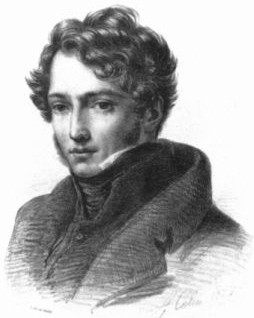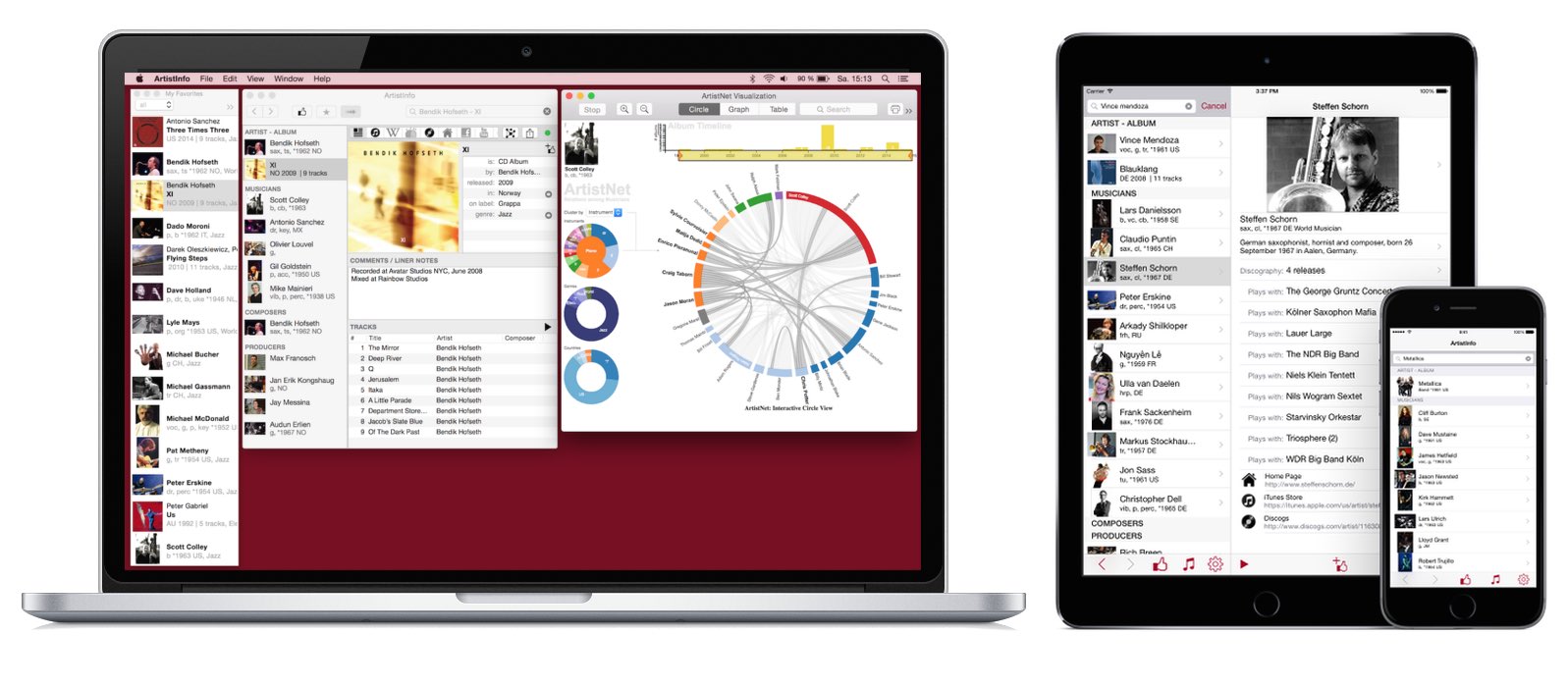
Théodore Géricault
1791-1824 FR, Rouen
A.k.a. Jean-Louis André Théodore Géricault
Jean-Louis André Théodore Géricault (French: [ʒɑ̃ lwi ɑ̃dʁe teodoʁ ʒeʁiko]; 26 September 1791 – 26 January 1824) was an influential French painter and lithographer, known for The Raft of the Medusa and other paintings. Although he died young, he was one of the pioneers of the Romantic movement. Born in Rouen, France, Géricault was educated in the tradition of English sporting art by Carle Vernet and classical figure composition by Pierre-Narcisse Guérin, a rigorous classicist who disapproved of his student's impulsive temperament yet recognized his talent. Géricault soon left the classroom, choosing to study at the Louvre, where from 1810 to 1815 he copied paintings by Peter Paul Rubens, Tiziano Vecellio, Diego Velázquez, and Rembrandt. During this period at the Louvre he discovered a vitality he found lacking in the prevailing school of Neoclassicism. Much of his time was spent in Versailles, where he found the stables of the palace open to him, and where he gained his knowledge of the anatomy and action of horses. Géricault's first major work, The Charging Chasseur, exhibited at the Paris Salon of 1812, revealed the influence of the style of Rubens and an interest in the depiction of contemporary subject matter. This youthful success, ambitious and monumental, was followed by a change in direction: for the next several years Géricault produced a series of small studies of horses and cavalrymen. He exhibited Wounded Cuirassier at the Salon in 1814, a work more labored and less well received. Géricault in a fit of disappointment entered the army and served for a time in the garrison of Versailles. In the nearly two years that followed the 1814 Salon, he also underwent a self-imposed study of figure construction and composition, all the while evidencing a personal predilection for drama and expressive force. A trip to Florence, Rome, and Naples (1816–17), prompted in part by the desire to flee from a romantic entanglement with his aunt, ignited a fascination with Michelangelo Buonarroti (2). Rome itself inspired the preparation of a monumental canvas, the Race of the Barberi Horses, a work of epic composition and abstracted theme that promised to be "entirely without parallel in its time". In the event, Géricault never completed the painting, and returned to France. In 1821, he painted The Derby of Epsom. After his return to France in 1821, Géricault was inspired to paint a series of ten portraits of the insane, the patients of a friend, Dr. Étienne-Jean Georget, a pioneer in psychiatric medicine, with each subject exhibiting a different affliction. There are five remaining portraits from the series, including Insane Woman. The paintings are noteworthy for their bravura style, expressive realism, and for their documenting of the psychological discomfort of individuals, made all the more poignant by the history of insanity in Géricault's family, as well as the artist's own fragile mental health. His observations of the human subject were not confined to the living, for some remarkable still-lifes—painted studies of severed heads and limbs—have also been ascribed to the artist. Géricault's last efforts were directed toward preliminary studies for several epic compositions, including the Opening of the Doors of the Spanish Inquisition and the African Slave Trade. The preparatory drawings suggest works of great ambition, but Géricault's waning health intervened. Weakened by riding accidents and chronic tubercular infection, Géricault died in Paris in 1824 after a long period of suffering. His bronze figure reclines, brush in hand, on his tomb at Père Lachaise Cemetery in Paris, above a low-relief panel of The Raft of the Medusa.
